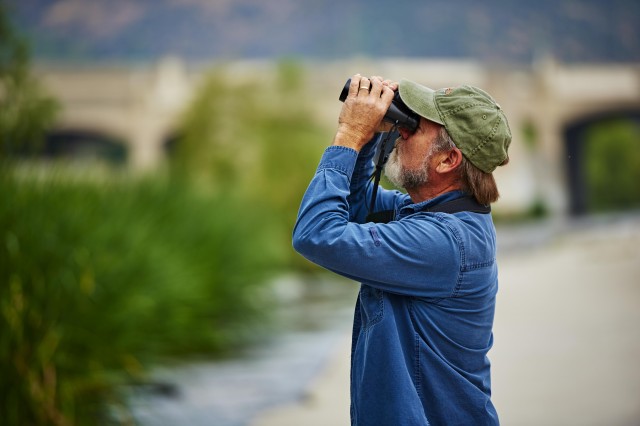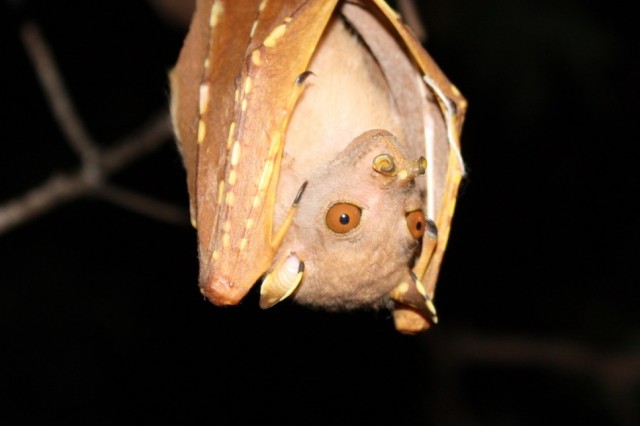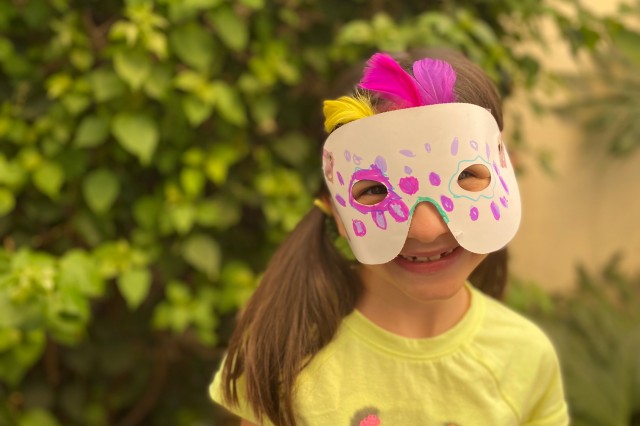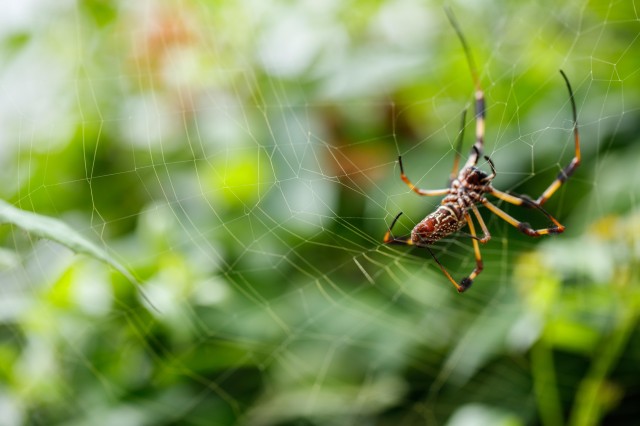
The Hart Museum remains closed. Los Angeles County has approved a plan to transfer the William S. Hart Museum and Park from the County to the City of Santa Clarita.
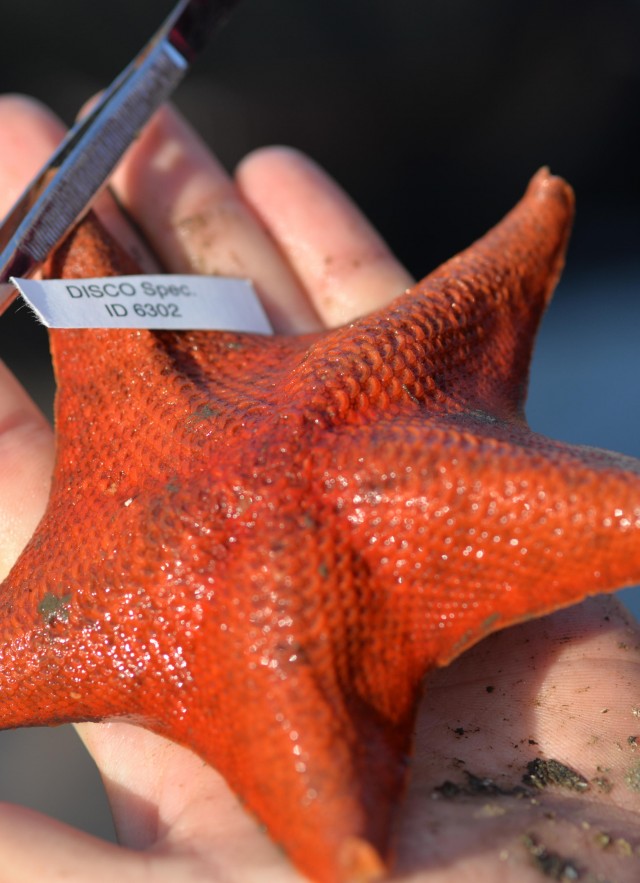
Picture a library where jars have replaced books, and you’re close to imagining NHM’s collection of marine invertebrates. There are other museum collections like this across the country, different sized containers packed with different creatures, often with descriptions of the contents written on paper, all of it soaking in alcohol like some avant garde pickling project. Put them all together, jar by jar, specimen by specimen, and these collections tell one of the biggest stories on planet Earth. Until relatively recently that was virtually impossible. It’s still a monumental undertaking, but with help from National Science Foundation grants, NHM’s scientists are working to connect these collections—by digitizing them—and in doing so, share a more complete picture of the natural history of oceans with the world.
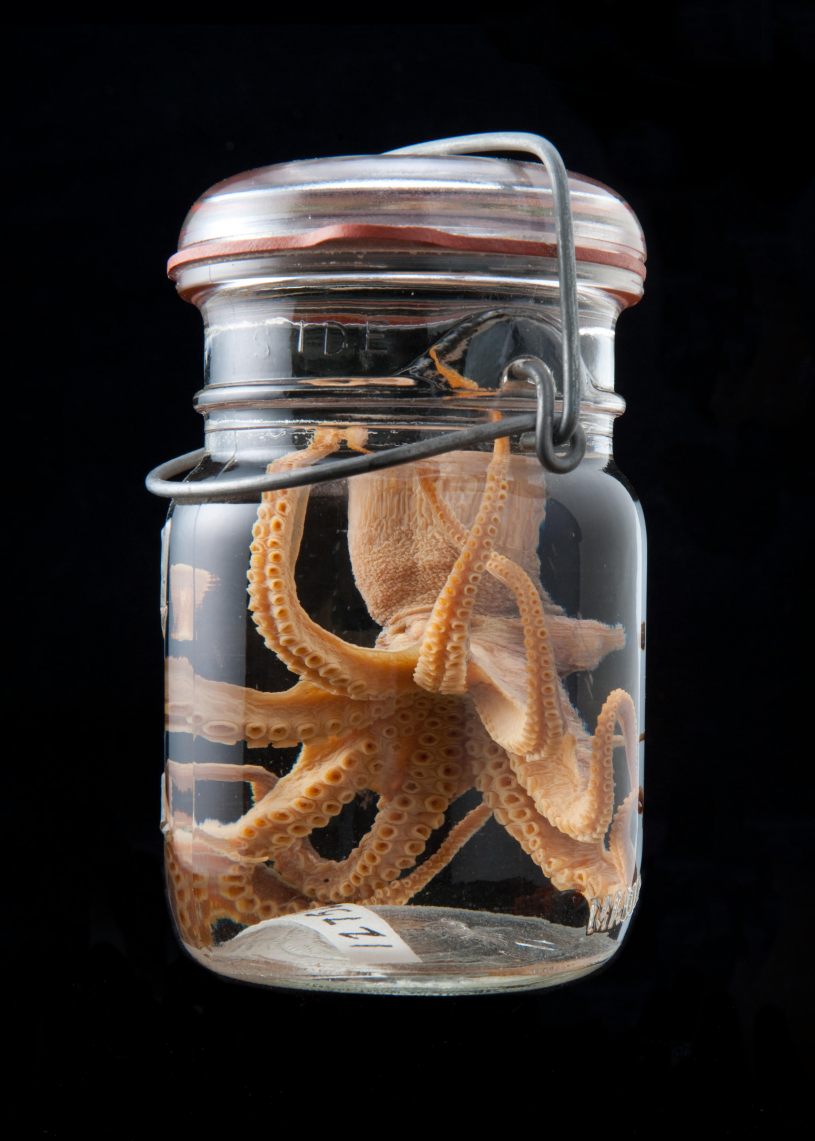
Every sea star, coral, worm, jellyfish, crab, and the thousands of other animals in NHM’s marine invertebrate collections tells us something about the moment and place they were picked up, and taken together, work like a time machine for the world’s oceans. But there’s a catch to all this sea life documentation: until the information on those labels is made available digitally, the specimens are basically invisible outside of the small group of researchers with access to the collections. Working with 18 other institutions in the largest digitization of alcohol-preserved marine specimens, NHM will help create a public, digital database of more than 7.5 millions specimens. The project will bring centuries worth of ocean exploration into classrooms and research projects around the world, helping future scientists explore marine history.
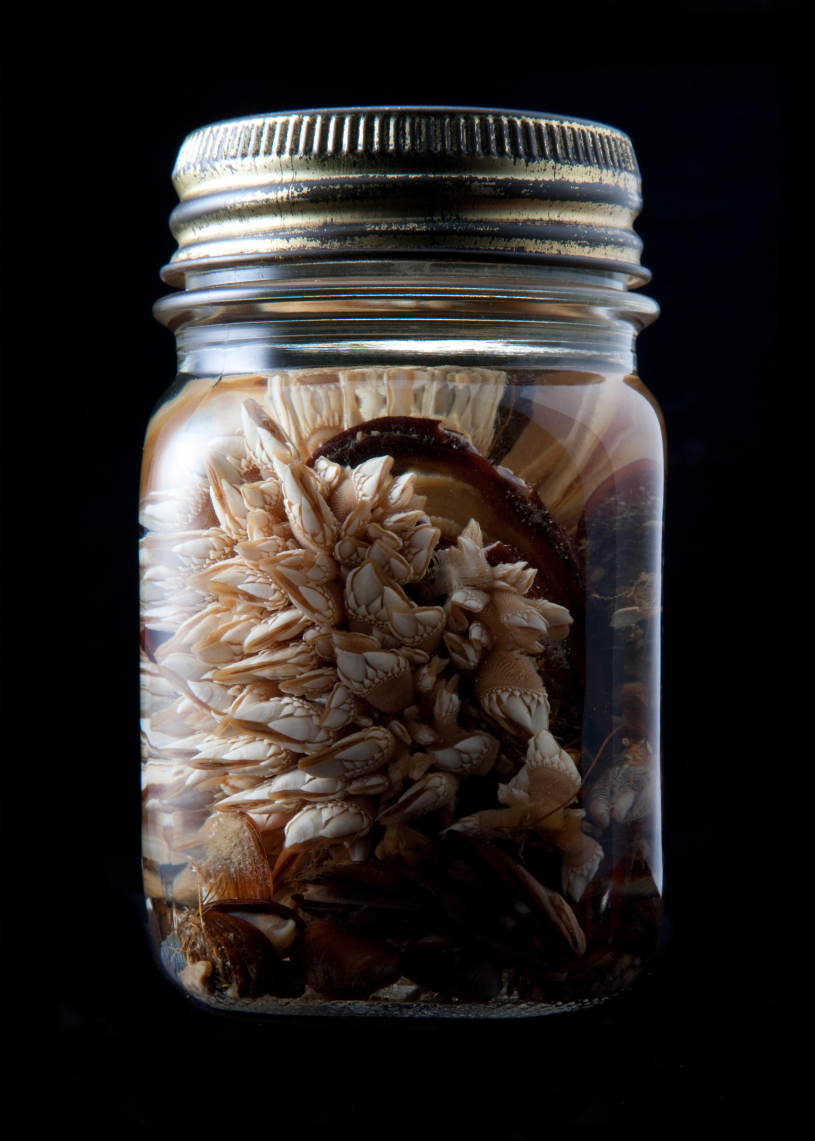
A Snail's Eye View
From an individual’s perspective, natural processes seem to move at a snail’s pace, but from a longer view, drastic ecological change can happen in the blink of an eye. Natural history collections let us examine that change frame by frame. Specimens capture moments in time, and NHM’s Malacology Department is looking to put those moments on the digital map.
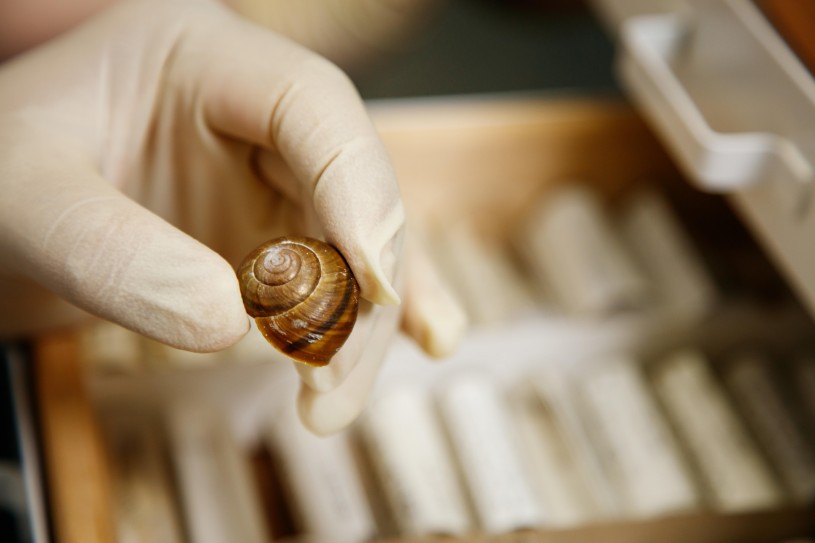
In another NSF-funded project, NHM and partner institutions will make map coordinates available for over 3,000 species of mollusks like mussels, clams, conchs, snails, and squid. This, combined with occurrence data, precisely when and where a specimen was picked up, will help researchers track the ebb and flow of marine species across the eastern seaboard over time, and that means we’ll have a better idea than ever of which animal populations are in trouble, which might be new in town and which (if any) are becoming problematically numerous. Through online data portals, the public will be able to access information on over 4.5 million individual specimens, mapping 150 years of species’ distribution. The depth of this information will help us navigate more sensible paths through ecological problems like climate change and managing fisheries.

Small Fish, Big Data
Digitizing collection data often involves scanning labels, but what about scanning the specimens themselves? Even though they represent about half of all vertebrate diversity on the planet, there are still many groups of fish that need to be better studied.

Miniscule cryptobenthic fishes are one such group, and their diminutive size makes them a particularly difficult subject. As part of another multi-institution, NSF-funded project, NHM researchers will scan these tiny fish using computed tomography (CT). The CT scans will reveal muscle, nervous, and circulatory systems without destroying invaluable specimens, an innovation that will bring these incredible teaching and learning tools to exhibits and classrooms. Scans of these small creatures will help fuel new questions and hypotheses beyond the world of the fishes.
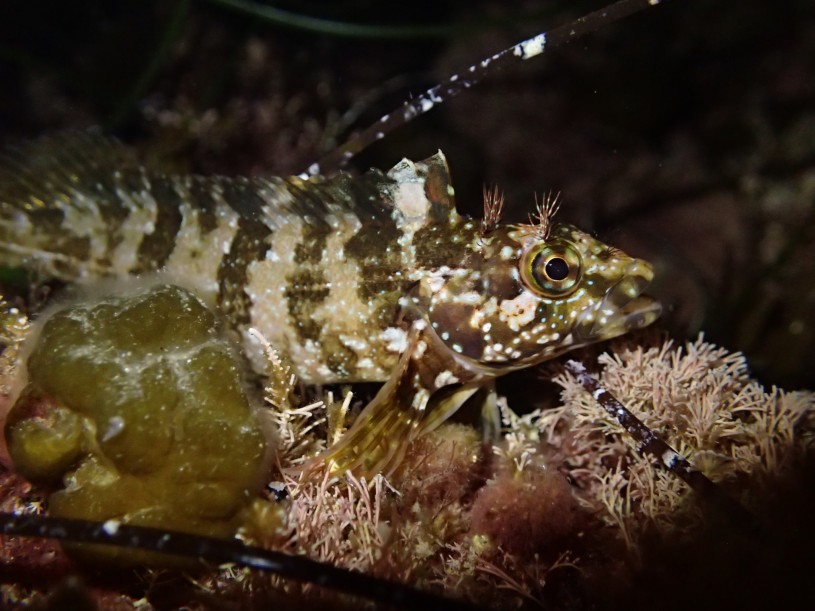
Digital Future For Natural History
Fishing a label out of a jar of alcohol can be tedious, smelly work, but fishing millions of those labels out and connecting them will paint the highest resolution picture yet of our natural history. With grants from the NSF, NHM and natural history museums around the country hope to share that picture with the world.
"Natural history collections have incredible power to tell us about life on earth, but only if we unlock, share, and connect them in as many ways as we can," says Trina Roberts, Vice President of Collections at NHM and principal investigator on the marine invertebrate grant. "Digitizing these collections will create an immensely important resource for everyone who studies and cares about our oceans, their biodiversity, and their future. We are looking forward to seeing the new insights that will come out of these projects as we enhance our historic collections with accessible, digital records and photos."
